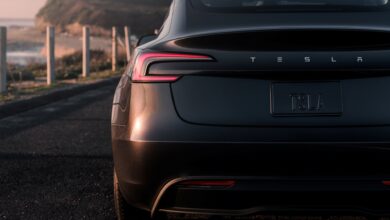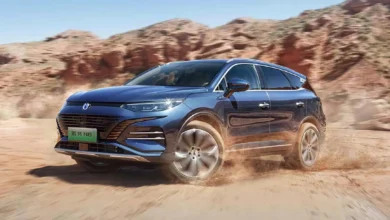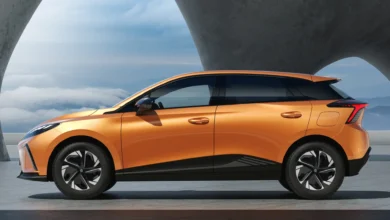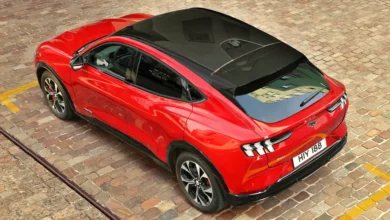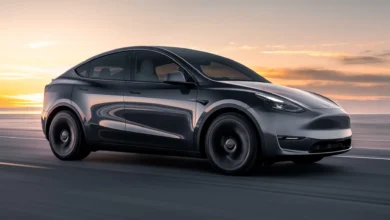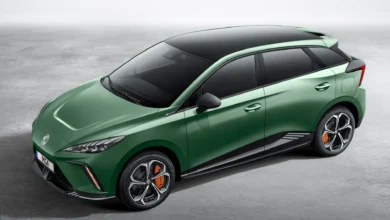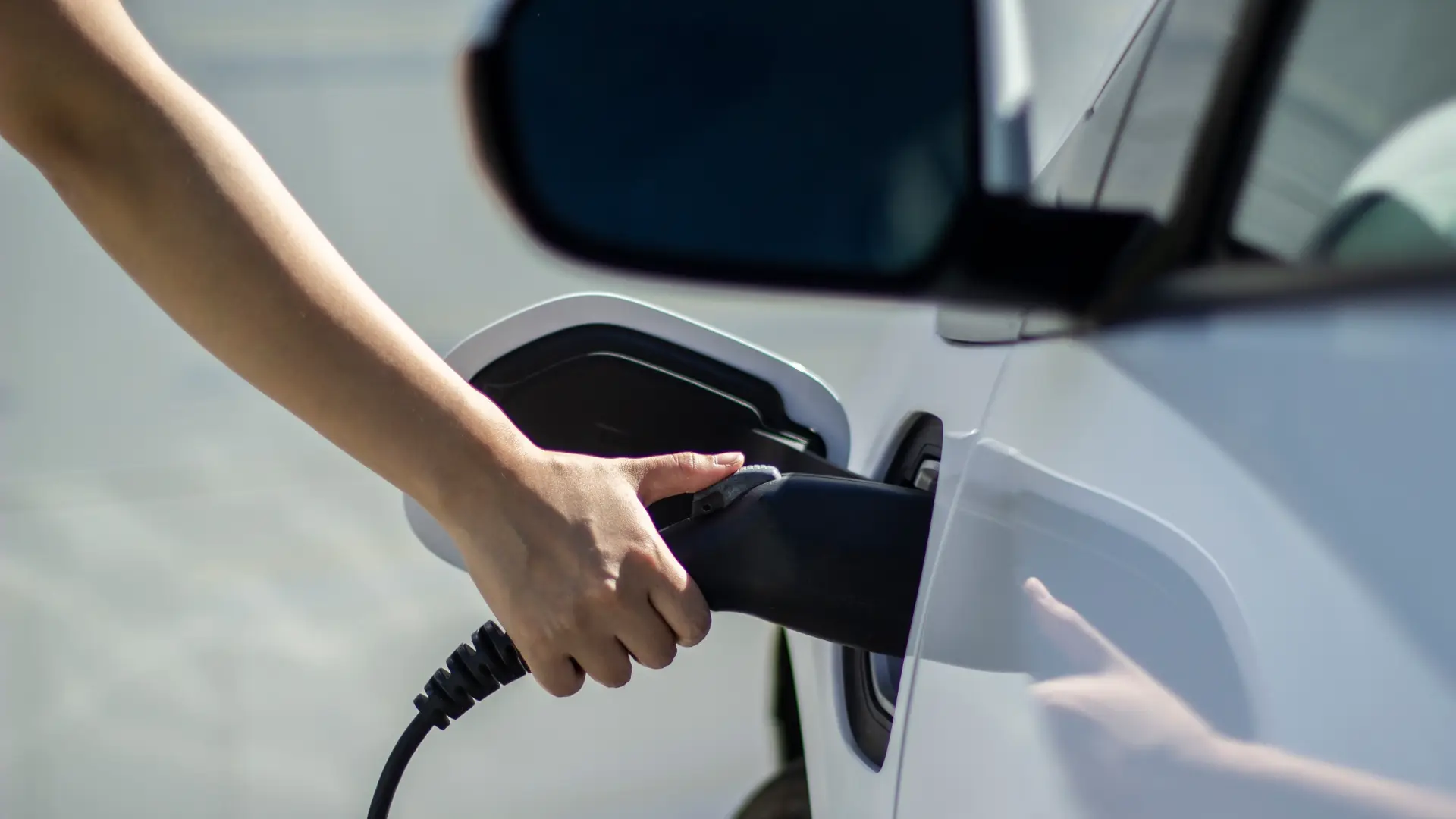
We have been hearing about scientific advances in the chemistry of batteries for several years and, nevertheless, the electric cars that circulate on our roads have continued to use the same technology for years. That is, mainly NCM chemistry lithium-ion batteries, and increasingly with LFP cells. However, during the coming year 2023, both CATL and BYD are going to be ‘game changers’ by introducing their corresponding sodium-ion batteries. And in the end, it is a technology that does not seek heart-stopping benefits, but rather lower, and much, the prices of electric cars.
Right now the electric car market is working with two battery technologies that are differentiated by the chemical composition of the cells. The majority is the NCM battery and the one that is gaining more and more ground is the LFP battery. Each manufacturer configures its battery pack in a different way, the connections, the accessory devices – such as the BMS or the inverter- and the cooling system, but they are essentially the same. And we have been using these same technologies for years without advances at the chemical level. Great advances have been made in circuitry, inverters, architecture, or structural design among others; however, for years battery chemistry has stayed the same, being either NCM or LFP.
In 2023 a new battery chemistry arrives that will change electric cars as we know them
Sodium-ion batteries differ from LFPs and NCMs at the chemistry level and, specifically, in the composition of the cathode. They are still structurally identical, flooded electrolyte batteries, with a cylindrical design. But they have a new chemistry that has the enormous advantage of being based on an abundant, cheap, and more sustainable material than the batteries used to date. How manufacturers are going to take advantage of these new batteries is very simple: reduce costs like never before to sell cheap electric cars. really, at the height of the cheap gasoline utility of years ago.
At the moment CATL has already started production of its first generation of sodium-ion batteries, which offer an energy density of 160 Wh/kg and which, according to the data we have available today, is the best sodium cell that it is available. Even so, CATL they are aware that this energy density is very far from sodium batteries, which can reach 350 Wh/kg, and they have already announced that with this you can only reach about 400 km of range in cars. cheap electricians who use them. This, in reality, is not bad for urban vehicles either, but it is a great limitation of this new type of battery.
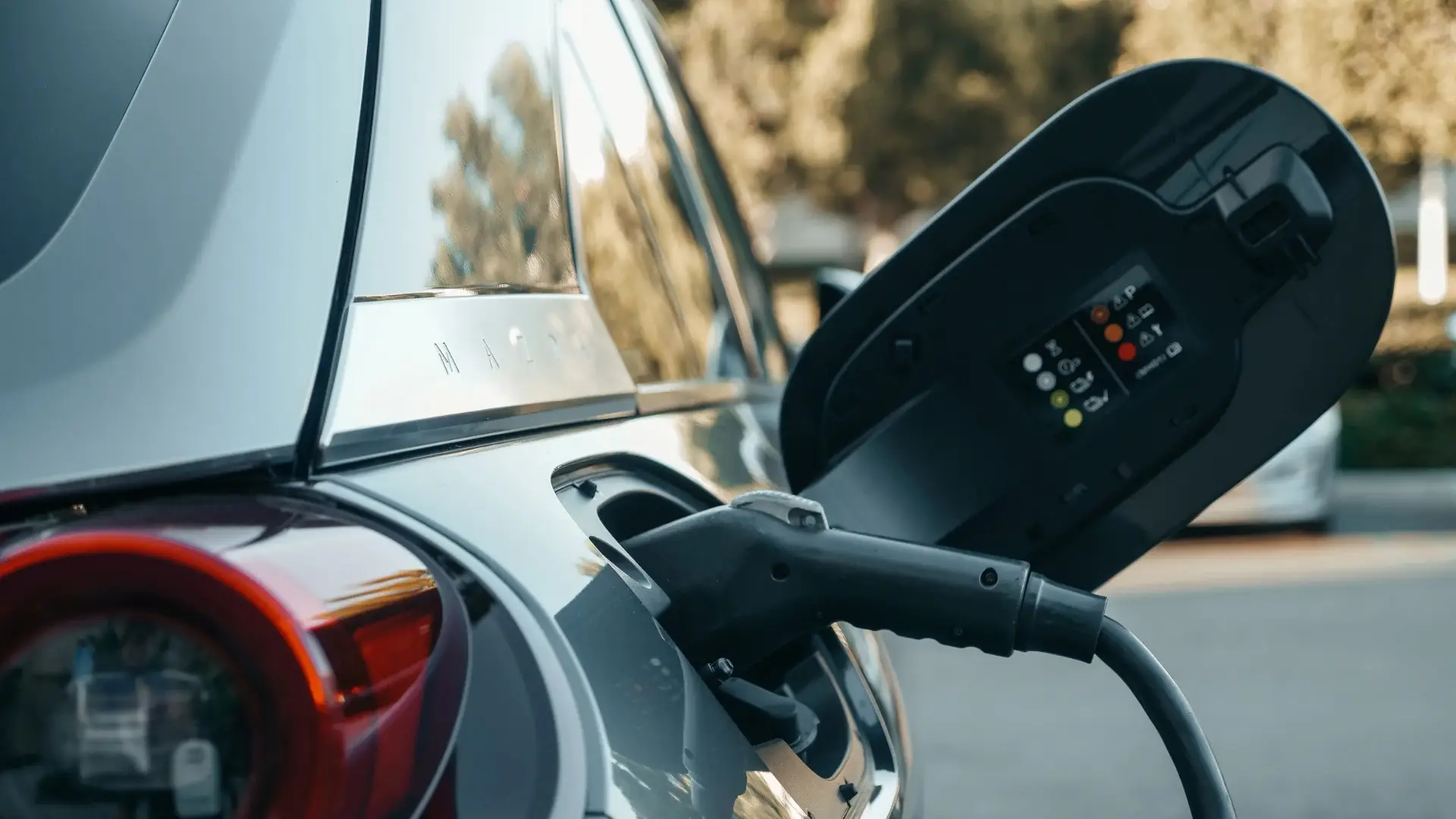
CATL, let’s remember, is the main manufacturer of batteries for electric cars in the world. And they have also already announced that they will start with hybrid batteries that mix the chemistry of sodium-ion batteries with the chemistry of the already-known lithium-ion batteries. This way they will be able to give better performance, especially in terms of energy density, and reach 500 km of range in these new vehicles. And even so, they are already preparing the second generation of this battery chemistry that will reach 200 Wh/kg not much later.
And for its part, BYD, which is the second largest manufacturer of batteries for electric cars worldwide, will also start production of sodium-ion batteries in 2023. And they plan to launch the BYD Seagull as the first electric car to mount these batteries. A model that, according to leaked data, will cost around 8,000 euros and will offer a range of approximately 300 km. And this already serves as a good example for us to see that, indeed, these new batteries are going to allow more cheap electric cars to arrive, and that they are cheap, starting in the next year 2023.
